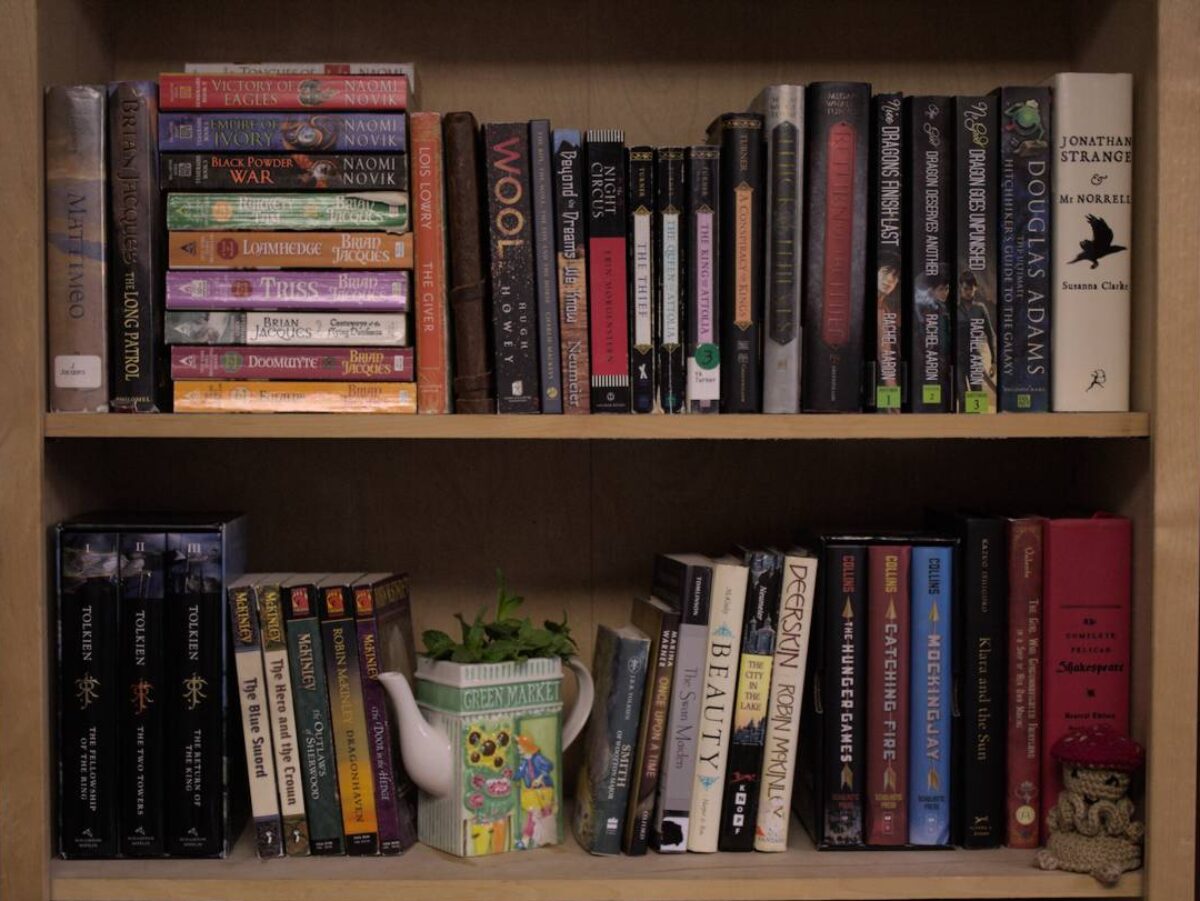“Beware of the nuthatches,” my roommate says seriously.
“Oh no.”
“But there’s only three,” she adds, reassuringly. “This is a nuthatch behind me.” Apparently one of the museum-quality oil paintings hanging over her bed, all painted herself, has been one of this deceitful and alarming race of nuthatches the entire time.
I’ve admitted to her I have no idea how to study for the impending bird-test in field science, but maybe having a birding enthusiast living with me will help…
“Thrushes are usually a little bigger than these other two,” she began the crash-course a little while ago. “Wrens have the upturned tail. Warblers… there are so many warblers. So many warblers.” Her tone suggests one who has seen Too Many Things for any one person. Unspeakable things. Things one must not inquire after.
“If you have a bird that is yellow, probably it’s a warbler.”
“What about chickadees?”
“Chickadees are always black and white. Except for the belly, which is ever so slightly tan.”
It turns out I was completely wrong about the appearance of one of the most common backyard birds. I’m doomed.
“Black-cap chickadees say chick-a-dee-dee-dee,” she elaborates. “Mountain warblers say [*a sharper, more nasal tone* ]chickadeedeedee. Because they’re hicks.”
“But you can tell them apart in pictures by… the black cap?” I hazard a daring guess.
“Black caps have a black cap, Mountain have a little eyebrow.” She wriggles her eyebrows.
“And beware of fat birds. Birds get fatter or thinner depending on if they’re hot or cold, scared or cosy.”
There’s five different fat little silhouettes on my study page of bird-types, all of which – to my untrained eyes – look functionally the same.
This is going to go well.
For my roommate.
